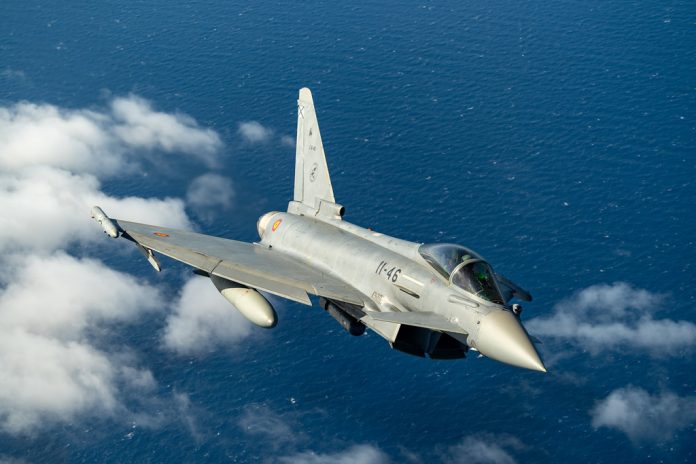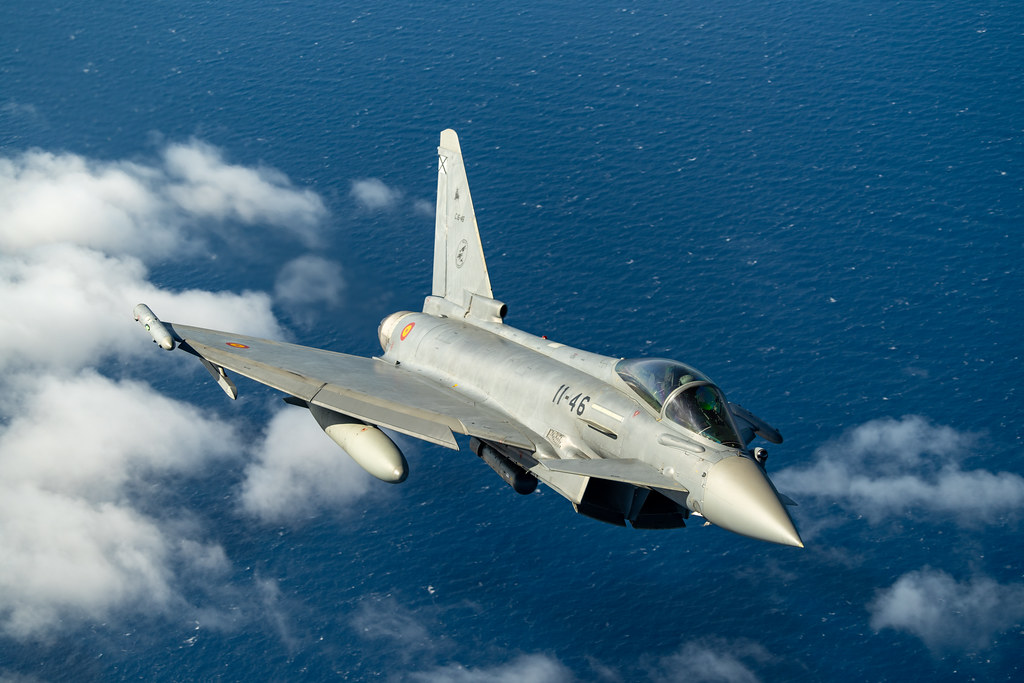
Will a direct collision with Russia befall NATO’s eastern flank? Events at the end of October 2025 brought that question into sharp focus, with Poland and other allied forces scrambling jets in response to one of the biggest barrages of Russian missiles and drones since the start of the Ukraine war. This was far from an isolated act of aggression but part of a sustained pattern of aerial incursions, infrastructure strikes, and deliberate probes testing the readiness of the Alliance.
The attack on Ukraine’s energy grid that October night, and the simultaneous triggering of NATO’s highest state of air defense alert, drove home the immediacy of the threat and the complexity of deterrence in an age of hybrid conflict. The interplay among political signaling, military readiness, and technological adaptation now defines the security landscape from the Baltic to the Black Sea. The following analysis crystallizes nine critical developments from the latest escalation, each highlighting a different facet of NATO’s operational posture, Russia’s evolving tactics, and the strategic dilemmas facing European security planners.
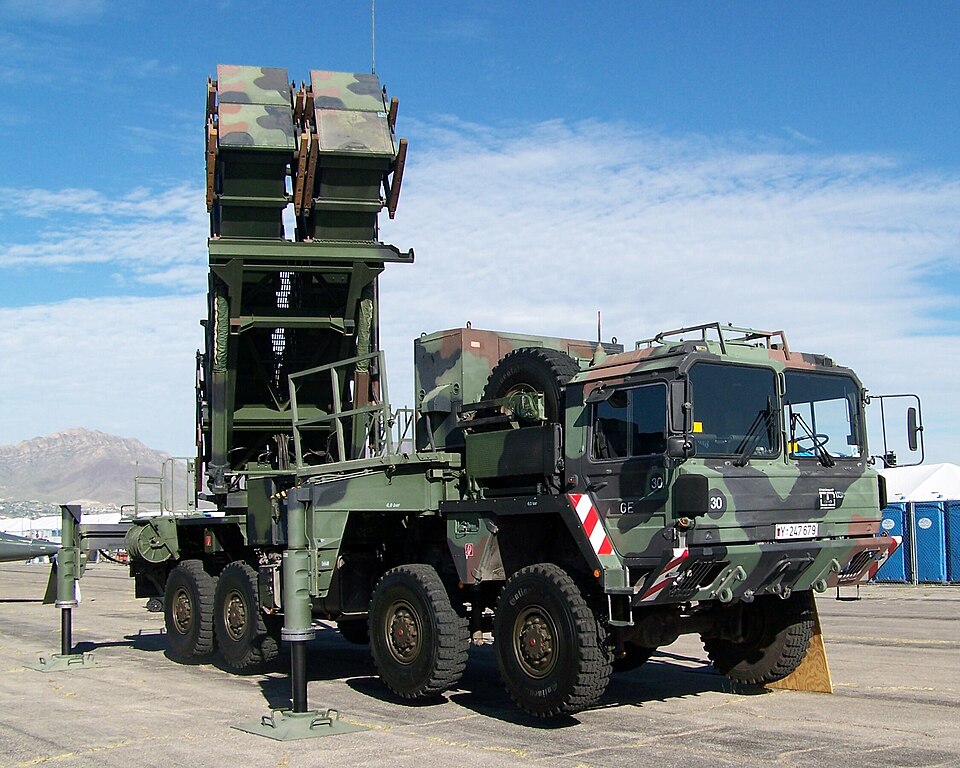
1. Activation of High-Alert Air Defense by Poland
In the early hours of October 30, Poland’s Operational Command ordered the activation of all available forces – fighter jets, early warning aircraft and ground-based air defenses – amid Russian strikes on Ukraine’s western regions. Norwegian, Spanish and Turkish aircraft were also deployed to reinforce Polish skies, supported by German Patriot batteries. Civilian airports, those in Radom and Lublin, were temporarily closed to allow unrestricted military operations.
Though no Russian munitions crossed into Polish territory in this particular attack, the decision to reach the “highest state” of readiness reflected Warsaw’s assessment that spillover risk was unacceptably high. The move also showed the integration of national and allied assets under NATO’s air policing framework.
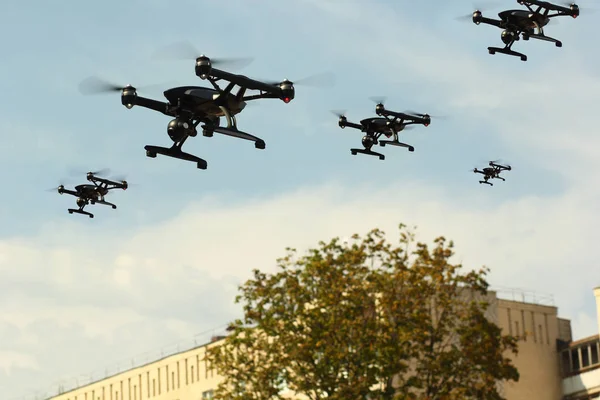
2. Russian Massive Firepower Strike on Ukraine
Ukrainian officials said that more than 650 drones and over 50 missiles had been used in a coordinated overnight attack, hitting energy facilities in a number of regions including Lviv, Ivano-Frankivsk and Zaporizhzhia. The UN Human Rights Monitoring Mission in Ukraine described this as one of the biggest attacks since February 2022, with 705 munitions reportedly deployed.
These strikes fit the profile of a firepower strike—a concept in Russian doctrine that depends on drones, cruise missiles, and ballistic missiles in order to create overwhelming effects, crippling critical infrastructure. As winter approaches, the targeting of power grids raises the prospect of prolonged humanitarian crises.
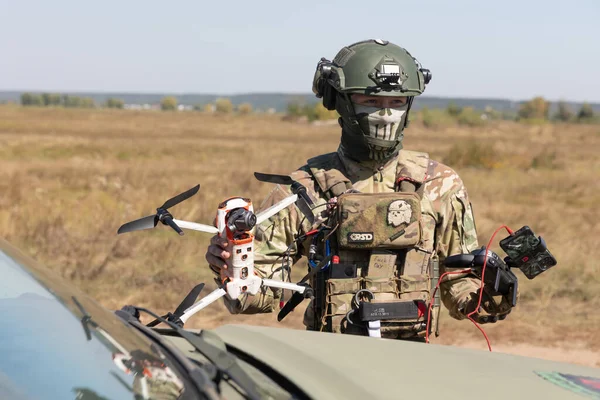
3. Pattern of Airspace Probes and Incursions
The October 30 alert followed a series of incidents in September and October when Russian drones and aircraft breached or skirted NATO airspace. Most notably, 19 unarmed Gerbera drones entered Polish skies on September 9–10, provoking the first direct NATO-Russia aerial engagement since 2022. Recent violations have included MiG-31 fighters over Estonia and drone sightings that forced the shutdown of airports in Denmark and Norway.
Analysts describe them as deliberate probes to test NATO’s timelines for detection and response without committing overt acts of war. In this way, Moscow could test defenses without eliciting automatic escalation using systems that are either unarmed or decoys.

4. The Article 5 Ambiguity Dilemma
Incidents across the same period have rekindled debate about the collective defense clause of NATO. Article 5 declares an attack on any one member an attack on all, but it leaves the nature of the response to national discretion. As has been emphasized within Baltic and Polish policy circles, the threshold for invoking it is political, not automatic.
Specific scenarios that could force the issue include mass-casualty strikes, the downing of a NATO manned aircraft, or a clearly intentional attack on Alliance territory. The current pattern of low-level incursions exploits this ambiguity, creating pressure without crossing a definitive red line.
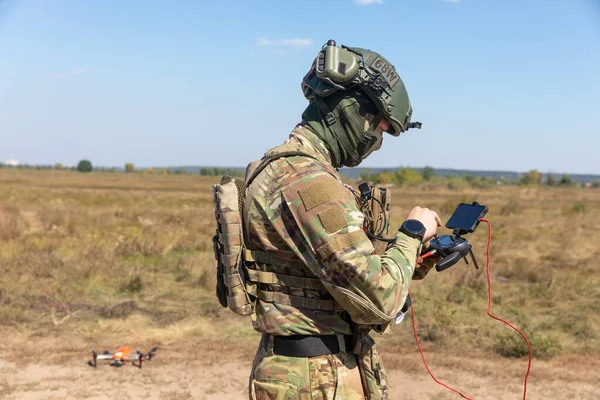
5. Cost-Imbalance in Drone Defense
The shootdown of Russian drones over Poland in September laid bare a stark cost-to-kill imbalance: $500,000 to $1 million interceptors were used against drones whose value started as low as $10,000. Experts say such economics could erode NATO’s air defense capacity if there is a sustained conflict.
To that end, startups like Estonia’s Frankenburg Technologies are developing interceptors that should be at least ten times cheaper than short-range missiles deployed today. These systems, which are informed by Ukrainian battlefield data, intend to reinstate proportionality into engagements against drones.
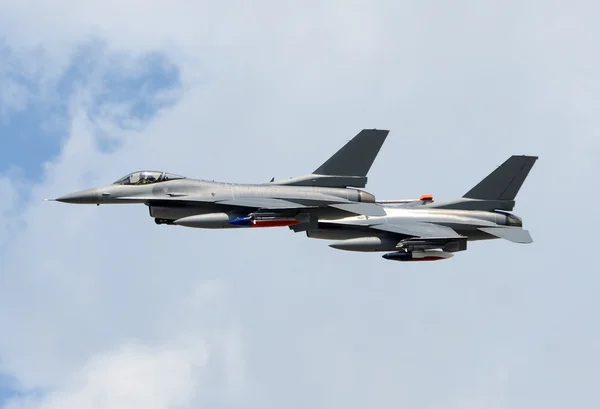
6. NATO’s Operation Eastern Sentry
Following the incursions in September, Operation Eastern Sentry was launched by NATO to reinforce deterrence along its eastern flank. Denmark, France, and Germany committed more fighter aircraft to Poland, with the Alliance committing to deploy counter-drone sensors and weapons.
Critics say these actions remain insufficient as long as NATO remains committed to only defending from within its borders. Proposals by some defense analysts include deploying layered air defenses inside Ukraine to intercept threats before they reach NATO territory.
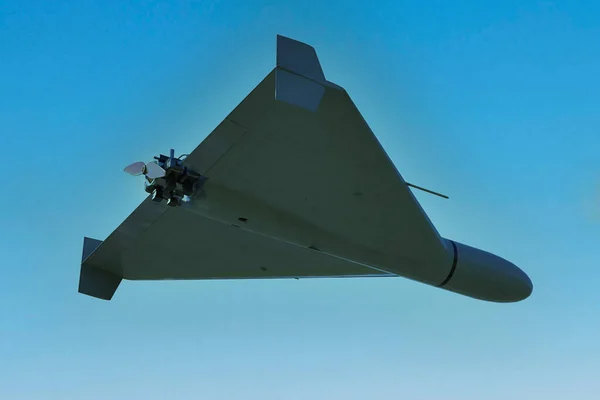
7. Strategic Signaling and Russian Objectives
The pattern for Moscow has been one of reconnaissance flights, drone swarms, and strikes against infrastructure, to gather electronic intelligence, normalize riskier behavior around NATO borders and apply psychological pressure. “No, that wasn’t a mistake,” one Polish official said flatly after the September drone incursion.
By forcing NATO to spend disproportionately on interceptions, and by laying bare alliance political divisions, it gains a strategic benefit at low cost, with plausible deniability preserved.

8. The Technology Race in Air Defense
This surge in drone warfare has accelerated investments in innovative defense solutions. Driven by this rise in demand, tenders associated with drones are trending upward in Europe, as both startups and established firms race to field systems integrating radars, acoustic sensors, jammers, and interceptor drones. Military procurement has remained cautious, wary of both unproven technology and the sustainability of small firms. The challenge will be how to harness that agility without sacrificing long-term support and integration into NATO’s broader defense architecture.

9. Balancing Deterrence and Escalation Risks
The frontline NATO states argue that shooting down every violating drone is essential to reestablishing a credible red line. Others warn such actions could be portrayed by Moscow as escalatory, feeding into the very security dilemma Russia seeks to exploit. The strategic task is to shape a uniform, unmistakable deterrence posture that denies Russia the benefits of probing, without running the risk of uncontrolled escalation-a delicate balance that will define NATO’s security calculus in the months ahead. The scramble of October 30 was more than a tactical reaction; it was a stress test of NATO’s readiness, cohesion, and adaptability under pressure. As Russia blends high-intensity strikes with low-cost provocations, the Alliance is confronted by a dual challenge-hardening defenses without succumbing to the temptations of overreaction. This coming winter will prove whether the Alliance can maintain that balance in support of Ukraine without straying into the escalation that Moscow might be courting.
